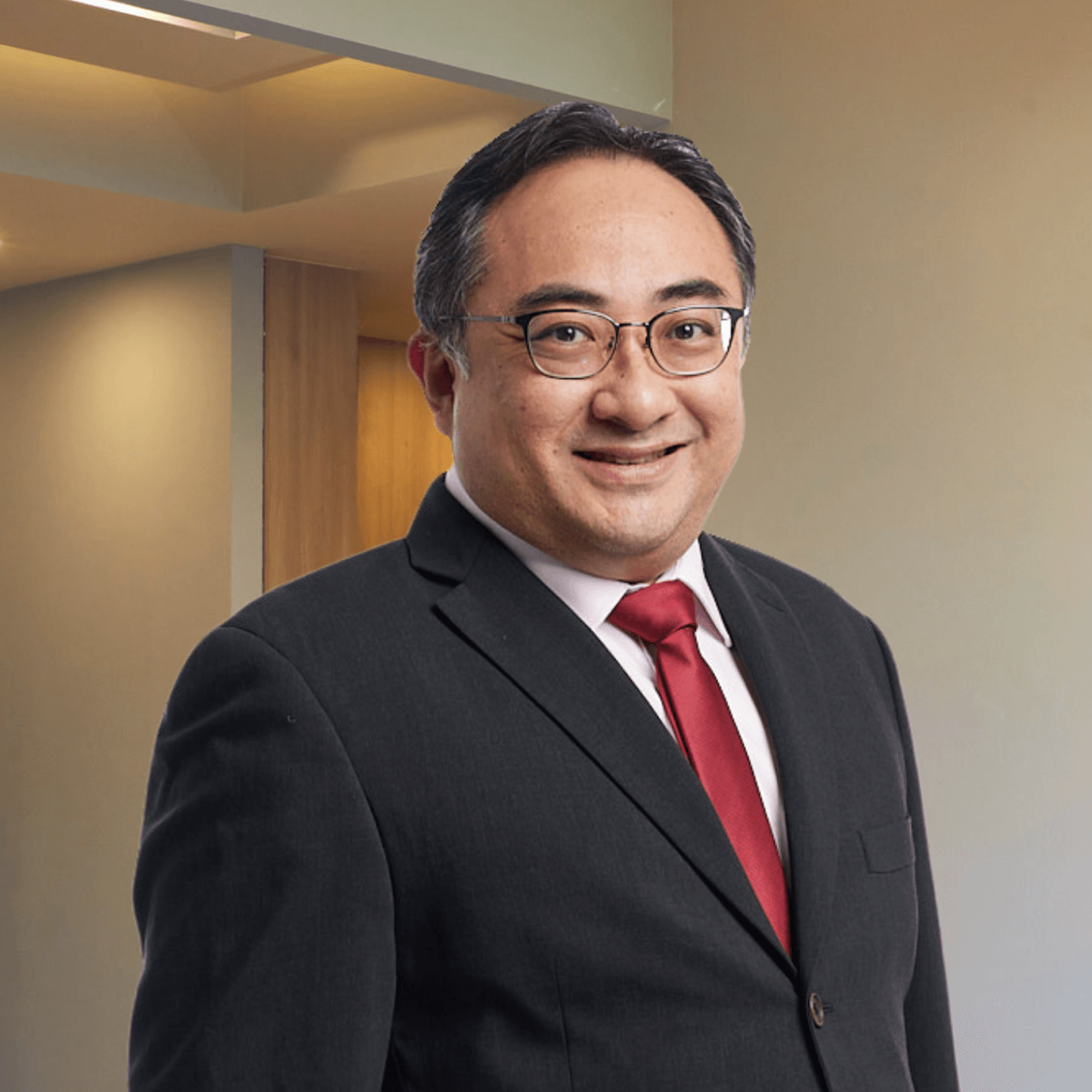Common Symptoms
The symptoms of thoracic spine tumours vary based on the tumour’s size, location, and rate of growth but generally include:
- Persistent back pain, often worsening at night
- Neurological symptoms such as numbness, weakness, or paralysis in the limbs
- Reduced sensitivity to temperature, pain, or touch
- Difficulty walking or maintaining balance
- Loss of bladder or bowel control in severe cases


